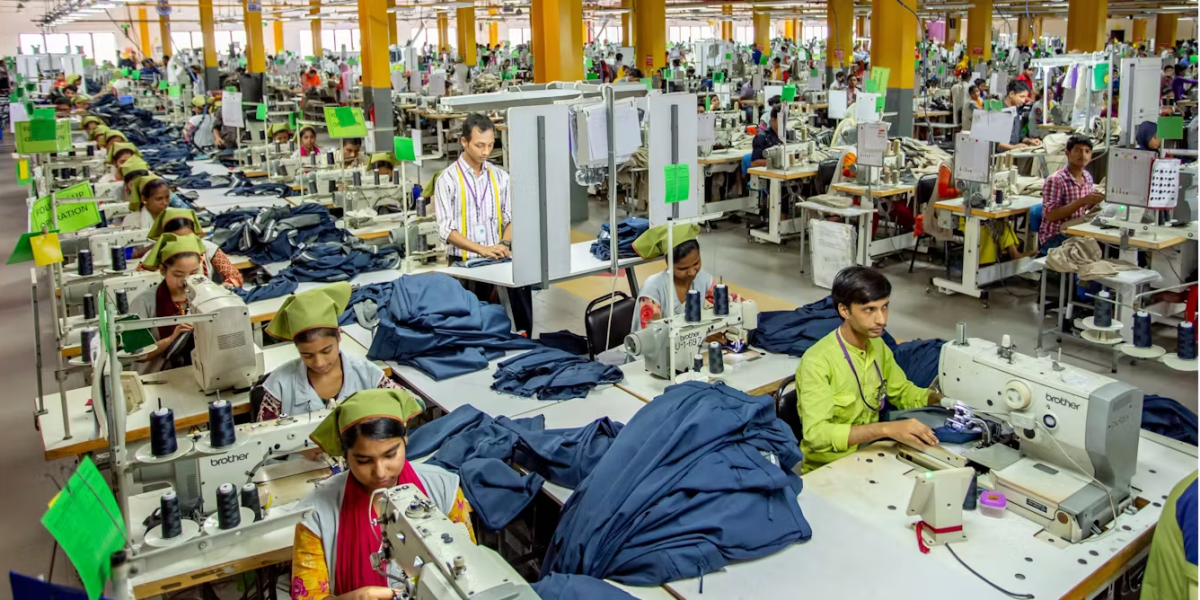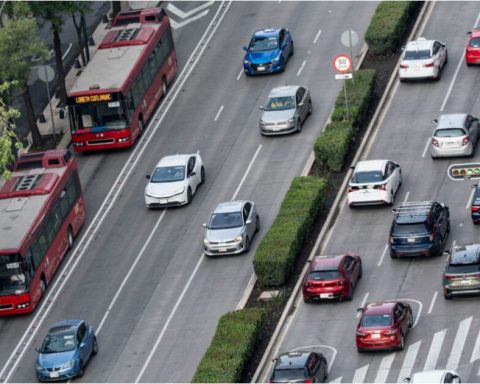The economic development of growing countries has been a central topic in economics. A crucial aspect being debated is the role of human capital in economic growth. In this context, human capital refers to the set of skills, knowledge and experience of workers, which increases productivity in the economy.
This article presents a model that explores how human capital is distributed between the private sector and the public sector throughout the process of economic development and the effects that this distribution has on the growth and income of the countries.
The importance of human capital in development
Human capital plays an essential role in economic growth. At the microeconomic level, studies show that education has high returns, especially in developing countries, suggesting that investing in training workers should encourage growth.
However, when analyzed at a macroeconomic level, the empirical evidence on the relationship between human capital and growth is not so clear, generating a wide debate.
We seek to explain this apparent paradox by introducing the idea that human capital, although essential for growth, may not have a direct impact on private production if a significant part of this capital is allocated to public activities, such as the constitution of an apparatus government or bureaucracy in charge of, for example, tax collection and public education.
A model with three uses of human capital
The model we present divides the use of human capital into three key activities:
- Production of goods: where human capital is used to produce goods and services in the private sector.
- Bureaucracy (tax collection): Skilled workers are employed in the public administration to collect taxes, which is essential to finance public services.
- Public education: A part of the human capital is used as teachers to train future generations of qualified workers.
This model explains how, in the early stages of development, most of the human capital is allocated to the production of goods, since the capacity to collect taxes and finance the educational system is limited.
As a country accumulates more human capital, the government can hire more staff for the bureaucracy, allowing for greater tax collection and greater funding for public education.
This positive feedback loop between human capital, tax collection and public education drives development.
Read more: How to measure the development of countries beyond economic growth
The relationship between taxes, bureaucracy and growth
One of the key points of the model is how the efficiency of the bureaucracy and the ability of a country to collect taxes affect its growth.
The relocation of skilled workers from production to bureaucracy and education can temporarily reduce the impact of human capital on private production.
Therefore, in the early stages of development, even if a country invests in education, the positive effect on production may be limited due to the need to allocate resources to the public sector.
Read more: Hidden wealth: challenges and solutions in the fight against tax evasion
Institutions and the quality of the public sector
We also highlight the fundamental role of institutions in the development process. In countries with weak institutions, tax collection is inefficient and a significant part of human capital can end up used in unproductive activities within the public sector.
However, in the proposed model, public sector activities, such as tax collection and education, are recognized as essential for long-term economic growth.
The quality of institutions affects the productivity of the bureaucracy. If the efficiency of the tax collection system improves, the government can raise more funds with fewer workers, freeing up more human capital for private production. This not only increases production, but also reduces the costs of human capital accumulation, creating a virtuous cycle of growth.
Read more: The path of development in Latin America travels between power and duty
Implications for public policy
This model has important implications for public policies in developing countries. In the early stages, it is essential to invest in public education and improve the efficiency of the tax administration. Although this may temporarily reduce the human capital available for private production, in the long term, the creation of an efficient education system and a competent bureaucracy are essential to sustain growth.
Likewise, the model suggests that improving the quality of institutions can be a powerful mechanism to increase efficiency in the use of human capital. Policies that promote transparency, reduce corruption and improve the capacity of public administration can free up valuable resources for the private sector, thus increasing productivity and economic growth.
As countries accumulate more human capital, it is crucial that they balance the need to invest in education and bureaucracy with the goal of increasing productivity in the private sector. Institutions play an essential role in this process, and their improvement can facilitate a more efficient relocation of human capital, promoting sustained long-term economic growth.














